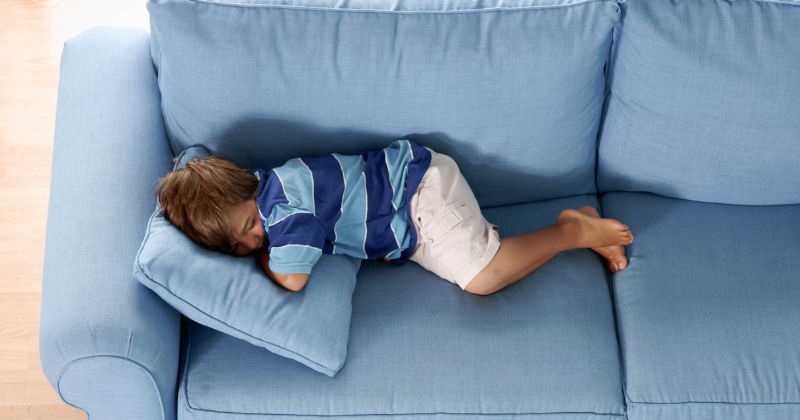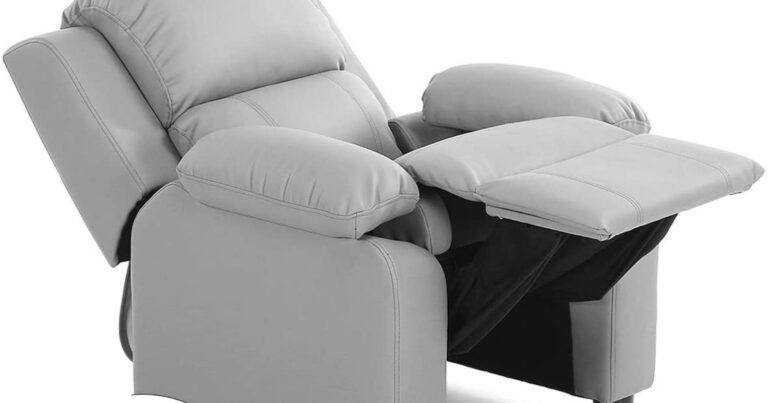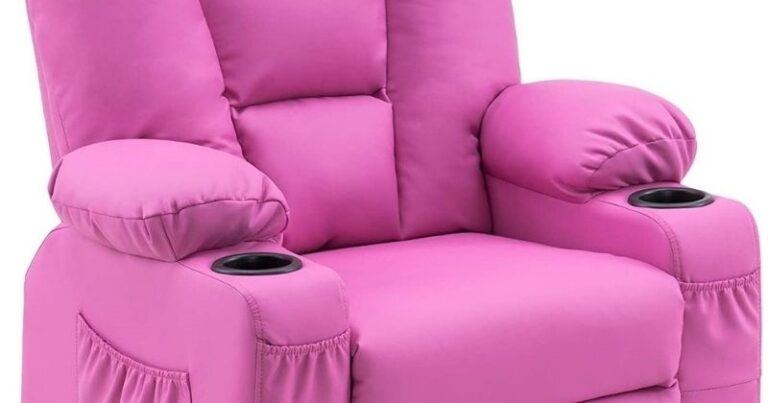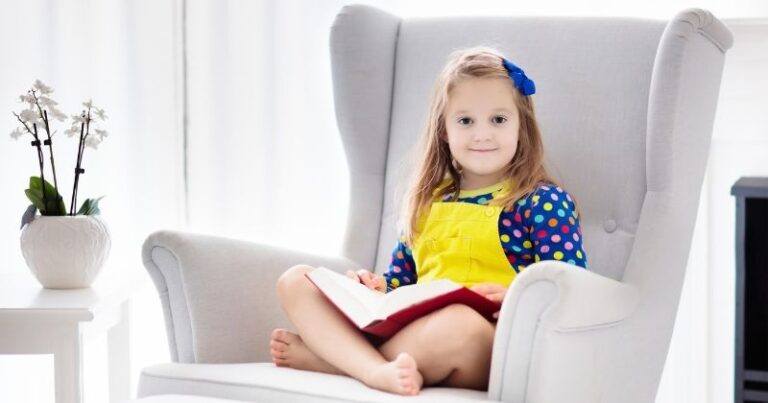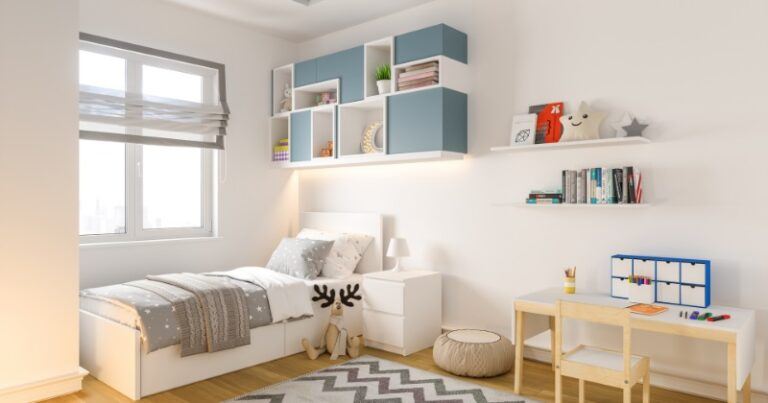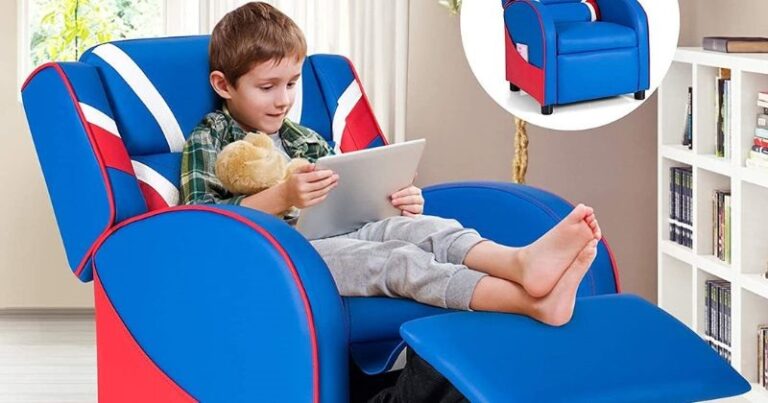Hey there, curious parents and caregivers! Ever found yourself wondering about the safety of letting your little one catch some Z’s in a recliner? You’re not alone. As a parent myself, I know that ensuring our children’s comfort and safety during sleep is always a top priority. So, let’s dive into the question: Is it safe for a kid to sleep in a recliner? Join me as we explore this topic and uncover some key insights to help you make informed decisions for your little one’s bedtime routine. While it can be okay with certain recliners, again the key here is SAFETY FIRST! Let’s dig deeper:
The American Academy of Pediatrics advises against using these types of chairs for sleeping as they can pose a suffocation hazard and increase the risk of sudden infant death syndrome (SIDS). It’s always best to provide a safe and appropriate sleeping environment to ensure your child gets the rest they need while staying safe and comfortable. Here are a few tips you need for making sure your child stays safe while sleeping:
The Risks

What are the risks associated with sleeping in a recliner for a child? When most people think of recliners, they picture a comfortable chair that is perfect for watching TV or taking a nap.
However, recliners can actually be quite dangerous for children. Because recliners are not intended for use by small children, they often lack basic safety features like armrests and headrests. As a result, children can easily fall out of recliners and suffer serious injuries.
In addition, the mechanism that allows recliners to recline can also pose a risk to children. If a child’s fingers or toes become caught in the mechanism, it can result in serious injury or even amputation. For these reasons, it is important to exercise caution when allowing children to use recliners.
Sleeping with a baby in a recliner can pose serious risks. It increases the chances of Sudden Infant Death Syndrome (SIDS) and accidental suffocation due to the baby’s blocking airways or falling off. It is strongly advised to always place babies on a firm, flat surface like a crib or bassinet for safe sleep.
Here’s one of my favorite choices for a recliner for kids
Prevention
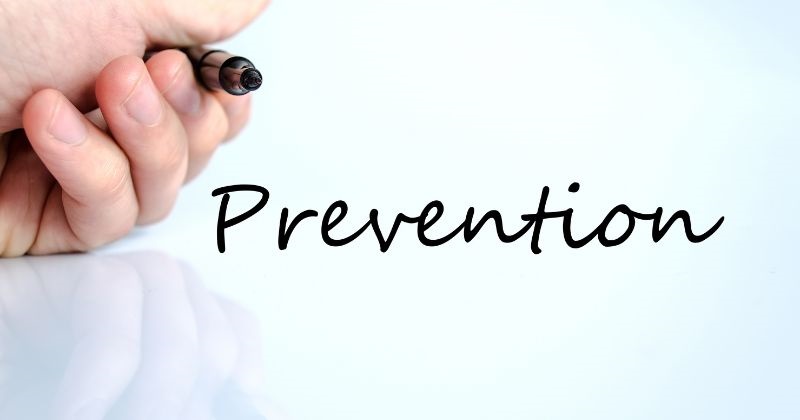
How can you prevent your child from sleeping in a recliner safely? Parents often struggle with getting their children to sleep through the night in a safe position.
Some of the most common methods are to let the child sleep in their car seat or infant carrier, propped up on a pillow, or in a recliner. While there are some benefits to these methods, they can also be dangerous.
Sleeping in a recliner can increase the risk of Sudden Infant Death Syndrome (SIDS) and other problems. Car seats and infant carriers should only be used for short periods of time and never left unattended. Pillows can block an infant’s airway and should be avoided.
The best way to prevent your child from sleeping in a recliner safely is to use a proper crib or bassinet with a firm mattress and tight-fitting sheet. Position your baby on their back and remove all pillows, blankets, and toys from the sleep area. For added safety, consider using a crib monitor to watch your child while they sleep.
Benefits
Are there any benefits to sleeping in a recliner for a child? When my son was a baby, he slept in a bassinet next to my bed. But when he started to sit up on his own, we knew it was time to transition him to his own room. I wasn’t sure how he would do sleeping in a crib, so we decided to try a recliner instead. It turned out to be the perfect solution. He could sit up and see out the window, and if he rolled over in his sleep, he didn’t have to worry about falling out of bed.
Plus, the recliner was big enough that I could curl up next to him and read him a bedtime story. In retrospect, I think the recliner may have even helped him sleep better because he felt more secure. So if you’re considering transitioning your child to their own room, don’t discount the benefits of a recliner. It just might be the perfect solution for you too.
Are Recliners Dangerous for Toddlers?
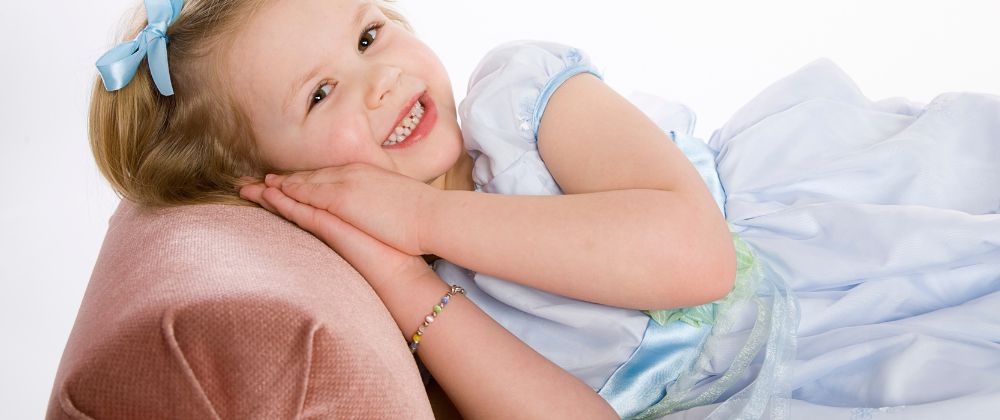
While recliners can provide comfort for adults, they can pose a potential danger for toddlers. The reclining mechanism and moving parts may trap or pinch their tiny fingers or limbs. To ensure safety, it is advised to keep toddlers away from recliners or closely supervise them while using them.
Safe Sleep Options
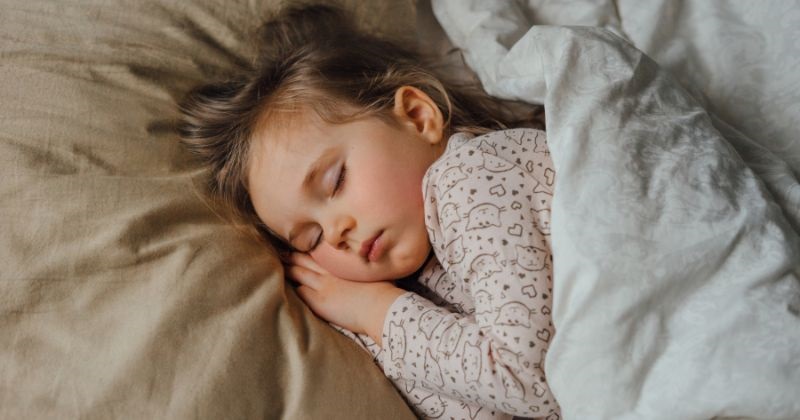
What are some other safe sleep options for kids besides the crib or bed? For infants, the safest sleep surface is a firm mattress in a safety-approved crib.
However, there are times when infants may need to sleep in other places, such as when traveling or at a grandparent’s house.
In these cases, it is important to know about other safe sleep options. One option is to use a portable crib or playpen. These should be set up on a firm surface and should have a tight-fitting sheet.
You May Also Find This Interesting: Kids Recliners
Another option is to use a bassinet or cradle. These should also be placed on a firm surface, and babies should be secured with straps or its sides should be pressed up against another piece of furniture to prevent them from rolling out. Finally, some parents choose to co-sleep with their baby by using a bedside bassinet or by placing the baby’s crib next to their bed.
While there are benefits to co-sleeping, it is important to follow safe practices, such as using a firm mattress and not using pillows or blankets in the baby’s sleep area. By knowing about these safe sleep options, parents can ensure that their baby will always have a safe place to sleep.
Safety
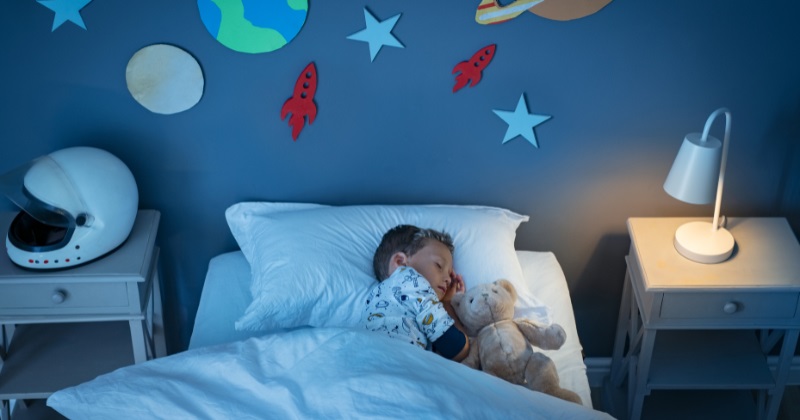
How can you make sure your child’s bedroom is safe for sleeping at night?” A child’s bedroom should be a safe haven, a place where they can rest and play without worry.
As a parent, it is important to ensure that your child’s bedroom is safe for sleeping at night. Here are a few tips:
- Keep the room dark and cool – This will help your child to stay asleep throughout the night. Blackout curtains or blinds can help to keep the light out, and a fan can help to circulate air and keep the room cool.
- Remove clutter – A cluttered room can be a breeding ground for dust mites and other allergens. Be sure to keep the floor clear of toys and clothes, and vacuum regularly to reduce allergens.
- Reserve the bed for sleeping – Avoid letting your child use their bed for activities such as watching television or playing video games. This will help them to associate their bed with sleep, making it easier to fall asleep at night.
By following these simple tips, you can create a safe and comfortable environment for your child to sleep in at night.
If you have a child that tends to sleep in a recliner, there are some risks involved that you should be aware of. However, by following the tips we’ve provided, you can help prevent any accidents from happening. There are also some benefits to sleeping in a recliner for kids, such as helping them fall asleep faster.
Pros and Cons List:
Pros:
- Comfort: Recliners can be quite comfortable and may help children who have difficulty lying flat due to certain medical conditions or congestion.
- Elevation: Some kids might benefit from having their head elevated, such as those with reflux or respiratory issues.
- Soothing Motion: Some recliners rock or glide, which can be soothing and help some children fall asleep.
- Convenience: For short naps, it might be easier for a parent to let the child sleep in a recliner, especially if the child has fallen asleep there on their own.
- Supervision: If the recliner is in a communal area, it might be easier for parents to keep an eye on their sleeping child.
Cons:
- Risk of Falling: Depending on the design, a child can slip or roll off a recliner, leading to injury.
- Improper Spinal Alignment: Extended sleep in a reclined position may not provide proper support for the child’s spine, which is crucial during developmental years.
- Strangulation Hazard: Some recliners have gaps or spaces where a child’s head or neck could become trapped, leading to possible strangulation.
- Breathing Difficulties: If a child slips into a position where their chin is pressed against their chest, it could restrict their airway, leading to breathing difficulties.
- Poor Sleep Quality: Sleeping in a recliner might not provide the same quality of rest as sleeping in a bed, which is crucial for growing kids.
- Development of Bad Sleep Habits: Allowing regular sleeping in a recliner might set a precedent, leading to difficulties transitioning the child to a bed in the future.
It’s important to consult with a pediatrician or child sleep specialist when considering allowing a child to sleep in a recliner regularly.
My best recommendation for a kids recliner is:
Mcombo Big Kids Recliner
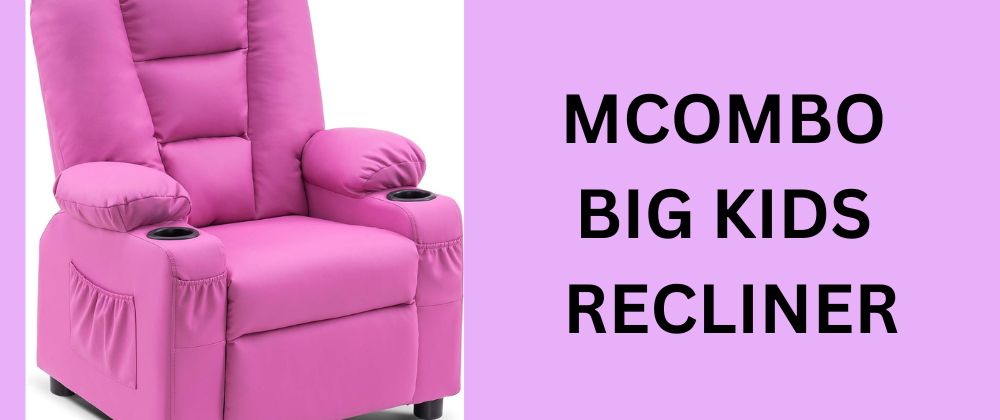
FAQS About: Is It Safe for a Kid to Sleep in a Recliner?
Is it okay to sleep with your baby in a recliner?
Some parents opt to co-sleep with their infant, while others believe that cry-it-out is the best method. There is no right or wrong answer, and ultimately, each family has to find what works for them. However, one practice that is not recommended by experts is sleeping with your baby in a recliner.
While it may seem like a convenient way to keep your child close by, there are a number of risks associated with this practice. For example, babies who sleep in recliners are at an increased risk of suffocation and SIDS. In addition, they are more likely to experience head injuries if they roll out of the chair.
Are recliners safe for kids?
While recliners are incredibly comfortable, many people wonder if they are safe for kids. The answer is that it depends on the age and size of the child. For toddlers and small children, recliners can pose a serious choking hazard. The gap between the seat and the footrest is the perfect size for a child to slip through and become wedged.
In addition, the mechanism that allows the chair to recline can also be dangerous for small fingers. However, for older children and adults, recliners are generally safe. As long as the chair is used as intended, there is little risk of injury. However, it is important to exercise caution when reclining, as sudden movement can cause strain on the back or neck.
What are infant recliners?
An infant recliner is a product that is designed to provide support and comfort for young babies. The recliner has a seat that is slightly tilted back, and a padded footrest that can be adjusted to the infant’s needs. The recliner also has a safety strap that helps to keep the baby in place.
The recliner can be used for napping, bottle feeding, or just as a place for the baby to sit and relax. Many parents find that the recliner is an essential piece of equipment for taking care of their infants. They should do sufficient research first before deciding to purchase.
My Conclusion
Even though there are some risks associated with letting your child sleep in a recliner, it can be safe if you take the necessary precautions. Parents need to be sure to always use the safety latch and never leave your child unattended in the recliner. If you have any questions, please leave them in the comments below. Thank you for reading!

